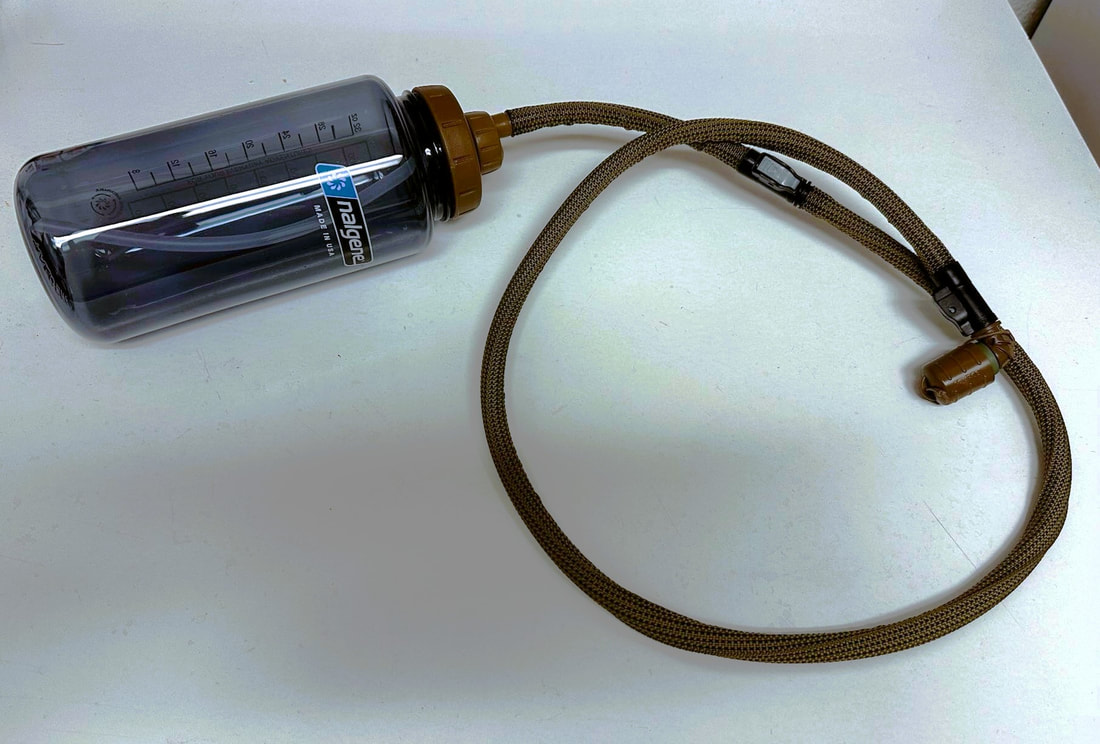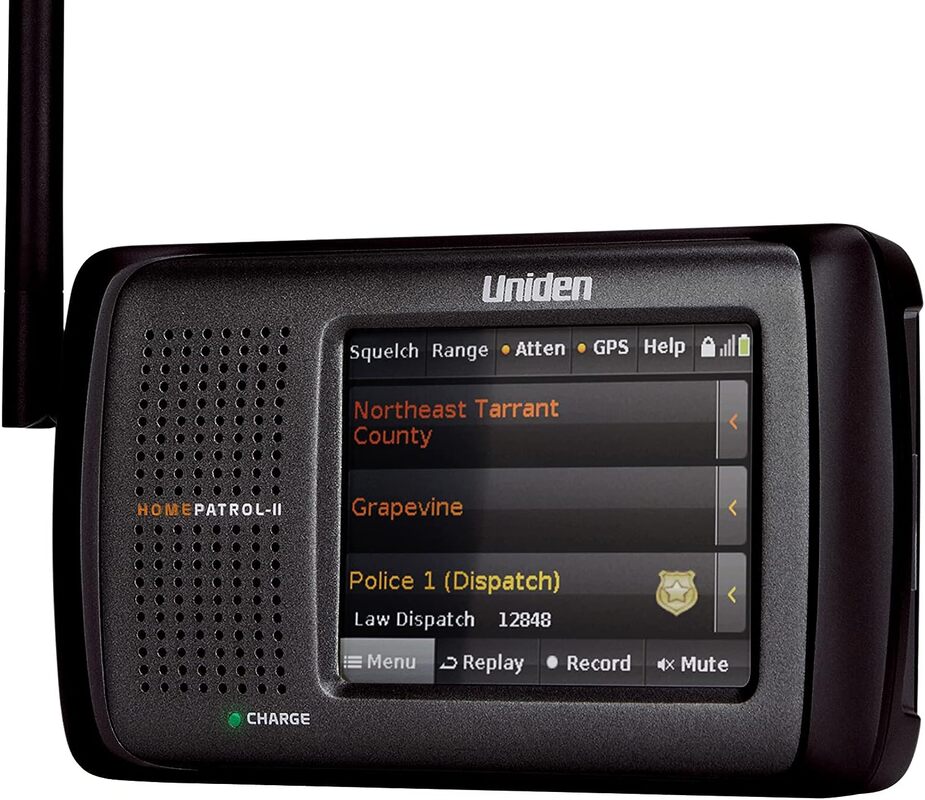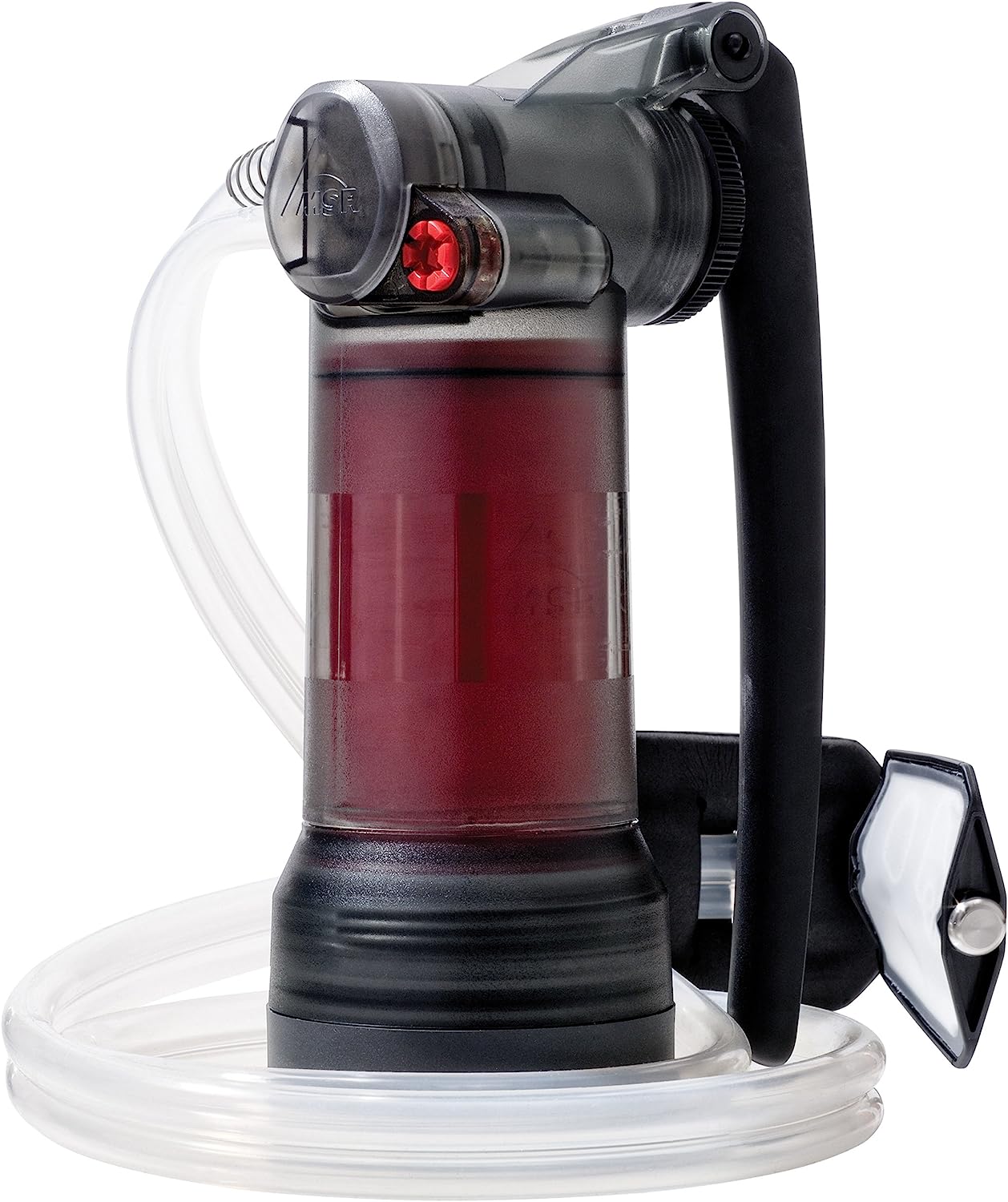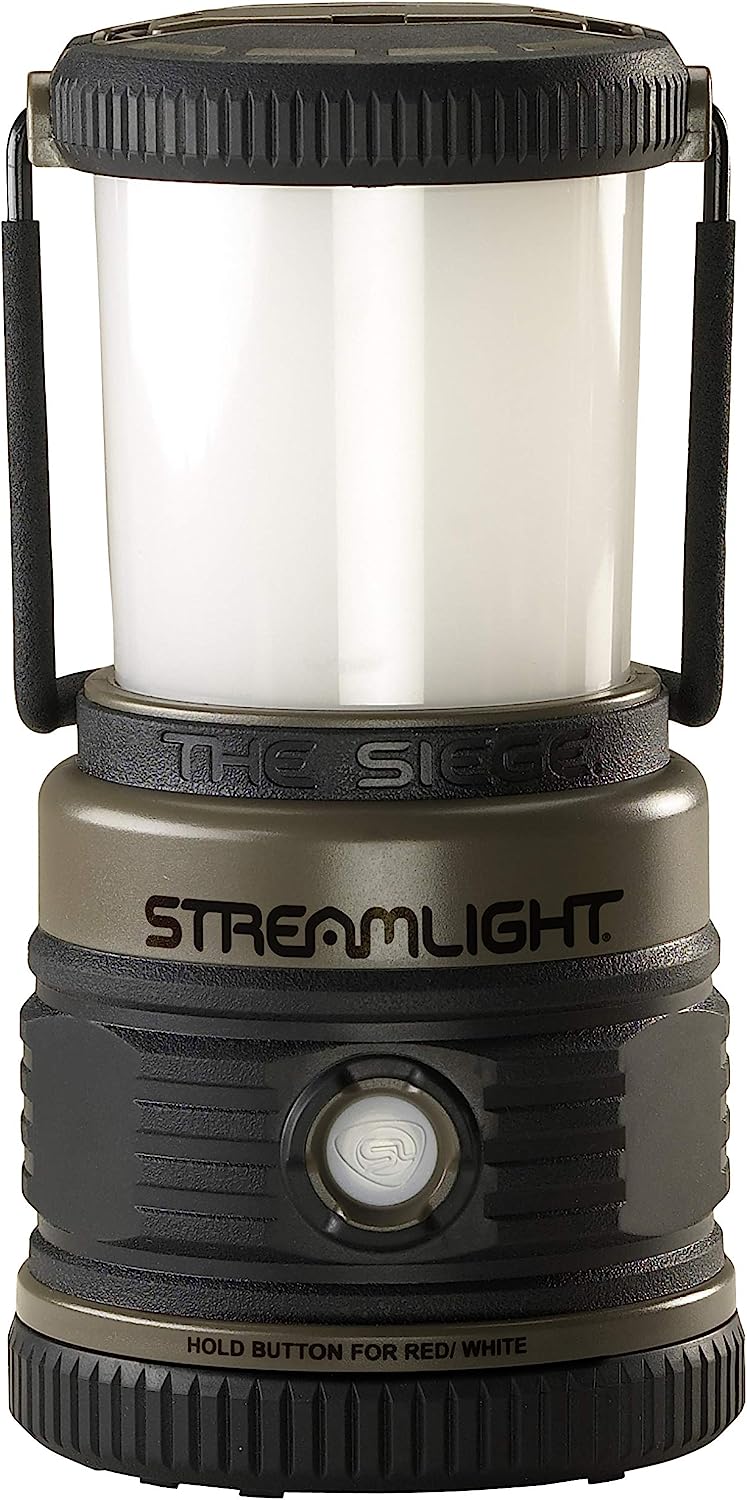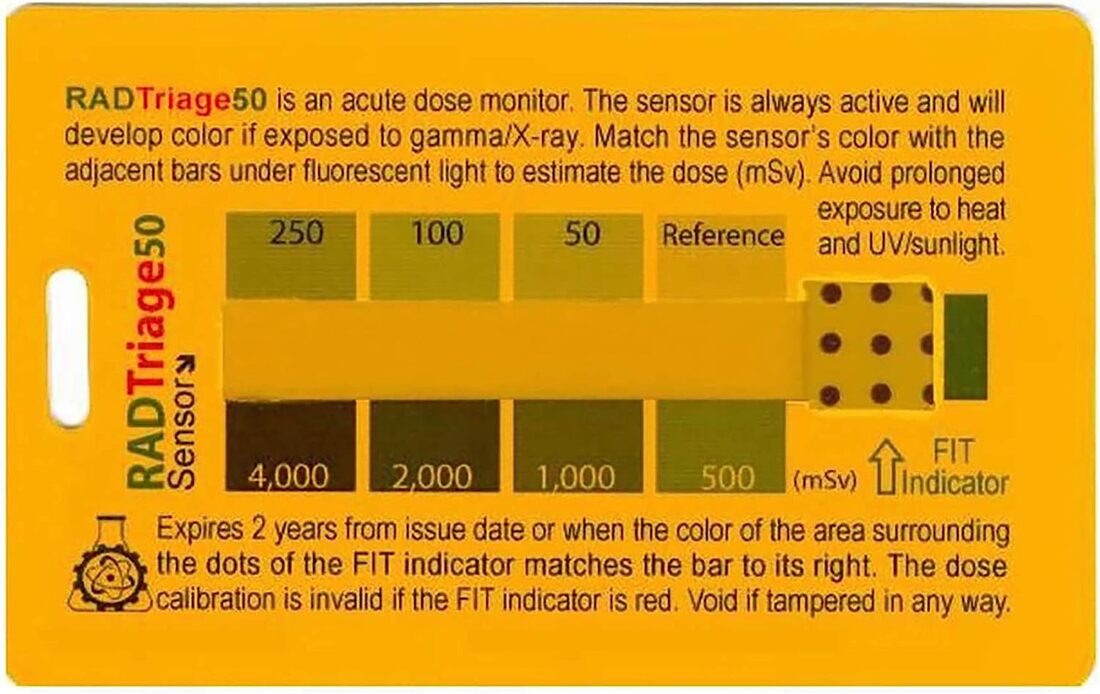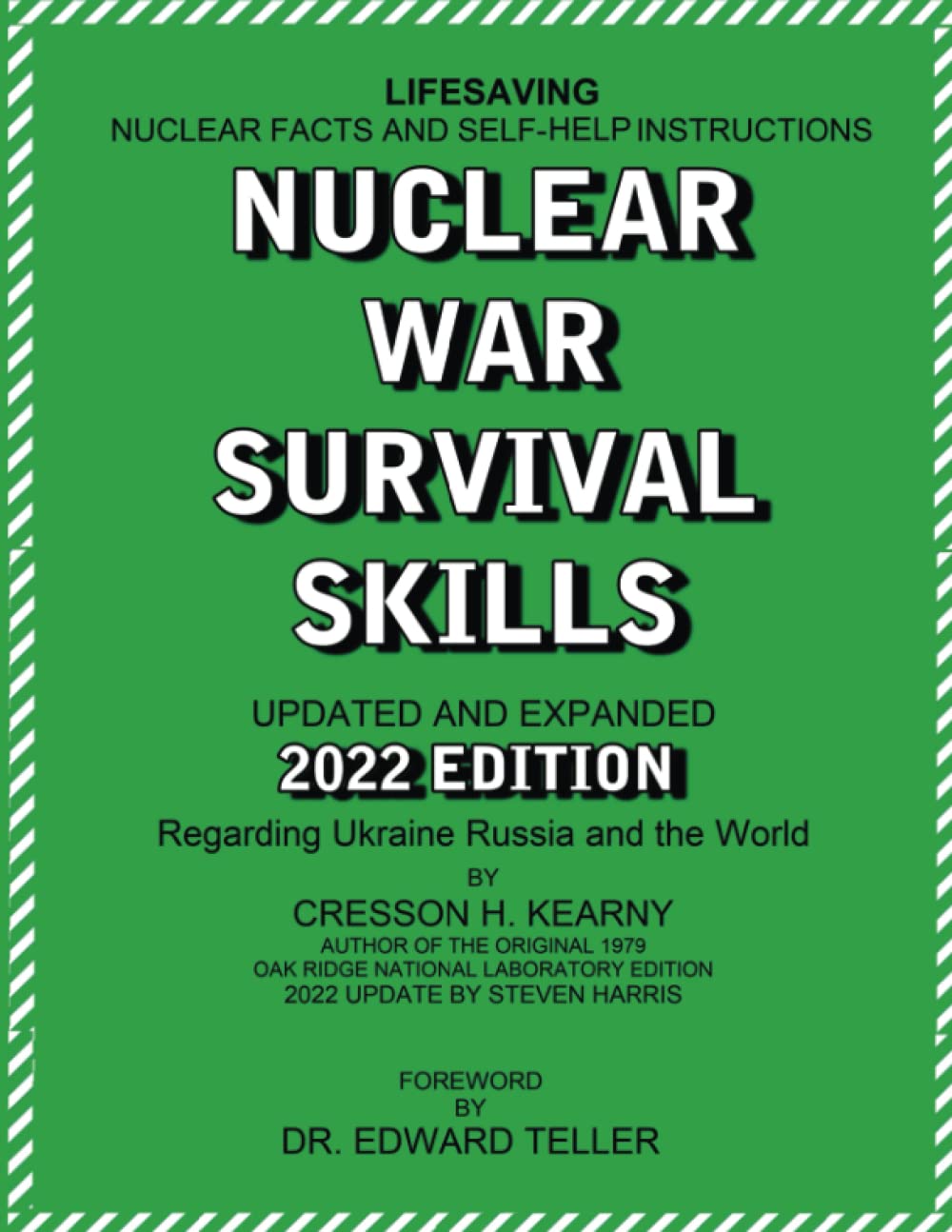|
Bare-legged Rhodesian soldiers have become a meme among certain segments of the Internet. Some like the look, others, like Tactical Wisdom-series author and Marine Joe Dolio call them a major health hazard in combat/SHTF. Joe doesn’t actually hate cargo shorts, but he considers them a liability and vector for injuries/infections in combat. I agree. I’ve hiked through rough terrain in shorts and have torn my legs up badly. My father came very close to a potentially life-threatening illness due to wearing shorts in inappropriate conditions. Do you really want to go prone on jagged rubble with unwashed skin that’s been going through an apocalyptic hellscape? I’ve suffered from whatever the western version of chiggers are twice and I can’t imagine how much worse a staph infection could be. While Rhodie-style shorts may make for good morale and propaganda, they do pose a serious concern for injuries and infection. Joe emphasizes a focus on basic first aid, not to detract from traumatic injuries, but because the focus on treating “minor” wounds early has been lost—we’ll see later why that’s important. A small cut we might brush off today in a relatively clean garage could be a nick in the field that easily festers and becomes deadly in SHTF. Prepping author and Siege of Sarajevo survivor SELCO reported that unwashed clothing became a similar vector for infection. People who hadn’t bathed or laundered their clothing for months carried high bacterial loads on their skin and in the fabric. Wounds would then almost be guaranteed to get infected. Remember that the environment was grid-down, so there was no proper plumbing or sanitation. But let’s talk a little bit about those men in the ‘70s with short shorts before we go any further. For those who don’t know, Rhodesia (now Zimbabwe) fought a war against communist-sponsored black guerilla-terrorists who were attempting to overthrow the white majority government. The white government knew what a s—t show would result if black communists took over (see the history of Zimbabwe and Robert Mugabe). Western economic sanctions over segregation and the unilateral declaration of independence from Britain lead to the state becoming a pariah. Despite the political troubles, the beleaguered Rhodesian army was effective and legendary. The photo of a patrol crossing a river in shorts, brushstroke camo, and with FN FALs carried at the ready has become an iconic image of the war. African terrorists had names for Rhodesian troopers like “ghosts with white legs.” Short-pants among Commonwealth soldiers in the mid-20th century was not an unusual bit of kit. While not issued to troopers, the classic brushstroke shorts were often made out of standard camo pants. But why shorts? The only cool factor was temperature wise, the plague of Instagram not being a thing yet. Comfort appears to be the number one issue due to the high temperatures. For example, Selous Scout often wore “trainers” (sneakers/tennis shoes) instead of boots. In fact, some paratroopers chose not to wear ankle-high boots when jumping, arguing that the actual rate of injuries was low. Shoes were more comfortable and easier to be stealthy in. Comfort being the number one issue, some reported ancillary benefits from shorts even with the potentially injurious flora and upon human behavior. A hunter with experience in Africa reported that long pants were caught by thorny plants. This caused delays and noise, so he preferred to accept the scratches. The theory on thorns is that although they do cause scrapes, they do not become entangled in skin as they would with cloth. He was not alone in this opinion. A Selous Scout officer once said the inherent danger of shorts in the bush enforced stealth and caution. Quick, rash movements not only made a lot of noise but would result in injuries. Training of course is best but risking a gash in the leg apparently reinforced care in walking. Seems a bit like the reasoning behind the three-round burst on the M16A2, eh? As the Scouts transitioned away from primarily tracking to more anti-terrorism and direct action roles, the shorts were replaced in the field by pants. Rhodesian “troopies” took pride in minimalism and toughness, so this may have been a factor in the popularity of shorts beyond comfort. Yet all good things must come to an end. In 1977, shorts were forbidden for the Rhodesian Light Infantry (RLI) on operations. Sources report that this was largely obeyed, unlike the above boots order. I spoke with Civil Defense Manual author Jack Lawson, himself a veteran American volunteer, who confirmed the transition at least in practice, if not by command. However, it was green shorts that faded to a bluish color in the sun, not camo. A transition was made to jumpsuits and Lawson transitioned away from “the naked body” style of uniform due to hypothermia in early morning helicopter rides (G-Cars). But are shorts a good idea to wear in combat or SHTF? Probably not, although the Rhodesian reasons for wearing them initially, were not slapdash ideas. Shorts aren’t terrible things to wear; I prefer them when doing general outdoor activities because of greater airflow to my bits, hence less sweat, and greater cooling due to my exposed legs. On the other hand, I often trample through the “bush”; creosote, Manzanita, and sagebrush. I have scars from cutting my legs on stuff. Snakebites are a constant concern, although I’ve only ever encountered a rattler twice (knock on wood). Once I came back from a hiking vacation and my young niece got worried I’d seriously hurt myself due to the amount of minor wounds I got from a particularly nasty off-trail bit. I looked pretty rough. Recently I learned my dad has had some serious health problems. Chronic cellulitis had come very close to turning septic and gangrenous. It was so bad he wouldn’t let me visit because he was afraid his legs were literally rotting away like an unmanaged diabetic. A hospital stay and nuke-it-from-orbit levels of IV antibiotics later, he’s finally on the mend. He’s feeling better, optimistic for the first time in a while, and expected to make a full recovery. Why did this happen? He lives in a very humid area on a rural piece of property where his main hobby is landscaping. Unfortunately, part of the land is a swamp infested with blackberry vines. Working in thick brush and thorny vines cut his unprotected skin up, allowing infections and weird stuff to go on in his legs. Like a typical man, he did not get this stuff properly treated until it was bad. Of course, proper medical care early on would have stopped it from getting as bad as it did. However, in a civil war/SHTF there is likely to be very poor to no medical care. High doses of mega-antibiotics will be a rare thing, so injuries are to be avoided. Infection has probably caused more fatalities in wars than actual battle. Untreated infections with austere conditions with all sorts of unknown contaminants can cause huge problems. In my dad’s case it was just cow dung and general Pacific Northwest waterborne contaminants. Post-SHTF, it could be major diseases, including “exotic” ones imported by the foreigners pouring across our undefended southern border. Imagine going prone on a rocky surface in a firefight and surviving unscathed, aside from a bloody abrasion to the knee, only to die in a few weeks from septic shock. Apart from the Commonwealth, operational use of shorts seems to be slim or exceptional. Kris “Tanto” Paronto, wore shorts during the fight in Benghazi because “If I was going to fight, I was going to fight comfortable.” One interesting contrast in protection is the Brazilian Army’s Caatinga troops. The Caatinga is a semi-arid desert filled with spiny and thorny plants, not unlike the Sonoran desert of southern Arizona. This unique military unit wears tough, full-bodied denim uniforms reinforced with leather complete with gloves. Shorts may feel comfortable up to a point, but if it’s too hot, like over 100°, exposed skin is letting the heat in. If you visit Las Vegas or Phoenix, you’ll notice police officers wearing full length sleeves even in 115° heat. Yes, sunscreen has reduced the need for covering the skin in the summer sun, but heat control is more important in very high temperatures. One could always compromise (especially if there is a breeze) by wearing lightweight, but long sleeves. As for sun protection, will you have the ability to apply sunscreen in combat conditions, especially where sweat and water crossings may wash it away? I chose to wear a campaign hat on patrol because if I was going to be outside for a long time, such as doing traffic control, I wouldn’t be able to apply SPF 50 (over my SPF 15 lotion I put on in the morning after shaving). Also, the scent of sunscreen is highly distinctive and could give away a concealed fighter to an astute tracker. Unfortunately for the guys who want to look stylish by channeling their inner “troopie,” shorts are contraindicated in SHTF. You’ll stand out and your white legs will give you away in the underbrush—are you really gonna camo stick your legs or rely on getting a nice, dark tan? White skin can be highly reflective, camouflaged or not. The dangers of insect bites/stings, thorny plants, scrapes, cuts, and sunburn aren’t worth it. A grid-down world or one where you can’t just go to a hospital will result in minor infections becoming major, life-threatening ones. Save the brushstroke nut-huggers for the barbecue and wear some pants. Joe Dolio’s Tactical Wisdom series is a set of manuals that far surpass what the average US military field manual has to offer. His upcoming TW-5 will include a section on first aid. Visit his website at www.tactical-wisdom.com and follow him on Twitter @dolioj.
Don Shift is a veteran of the Ventura County Sheriff's Office and an avid fan of post-apocalyptic literature and film. He is a student of disasters, history, current events, and holds several FEMA emergency management certifications. Visit www.donshift.com and consider supporting him by buying his book Rural Home Defense, which includes a chapter on lessons learned from the Rhodesian Bush War. Now available on Amazon! Drones, or unmanned aerial vehicles (UAVs), are changing the tactical landscape of warfare. The use of drones in conflicts has the potential to alter centuries of ground warfare in the same way as disruptive technologies like smokeless powder, the repeating firearm, tanks, and radios did in the past. Not just a rhetorical discussion of drone warfare, this book looks at practical usage by the prepared citizen, partisan, and soldier. In 2022, Ukrainian use of modified consumer-grade drones for attack surprised the world who had only really seen them used in intelligence, reconnaissance, and surveillance roles. Lurid videos of grenades being dropped on unaware troops heralds a terrifying new reality in warfare: the poor man’s air force. Unmanned aerial systems (UAS) are bringing an aerial observation and attack capacity to forces, large and small, that have never had such an advantage before. From warfare, to terrorism, and even self-defense, we have only seen the cusp of what drones can do. Quadcopters have taken aerial hunting and attacks out of the domain of scout helicopters and delivered it to the squad and individual level. In future conflicts, be they full-scale international wars, civil wars, or domestic unrest, use of drones will be commonplace. Their ease of use will make killing easier, enabling those who cannot or would not be soldiers or insurgents to participate in violence. Drones are a new threat as IEDs were and will be used in similar ways to both sniper attacks and bombings against civilian, military, and government targets. Thanks to their inherent intelligence gathering nature and developing attack capabilities, drones have the ability to level the playing field or dramatically tilt in favor of the side with aerial assets. In a civil conflict or during the aftermath of a major destabilizing event, drones will play a huge part in both self-defense and any violence. Proliferation of small unmanned aerial systems will occur rapidly, so their potential impact and use in small paramilitary, irregular, and civilian hands deserves examination. Part I: Small Unmanned Aerial Systems
Note: this an adaptation from my non-fiction book Suburban Warfare: A cop's guide to surviving a civil war, SHTF, or modern urban combat, available on Amazon.
Survivors of a SHTF event or those living in a world without the rule of law (WROL) will need to guard critical local infrastructure to prevent its exploitation from malign actors. I wrote two books about my agency (a SoCal sheriff’s office) surviving an EMP. One of the major duties I gave to surviving police is simply guarding local water wells to prevent them from being captured by gang members. In a real grid-down situation, I do not expect any peace officer to actually take up this duty, so it is up to the community to prevent vital infrastructure from falling under the control of any one group. What I was getting at in my writing is that the good guys have a vested interest in maintaining open public access of vital infrastructure. Practically, this means water, transportation routes, and logistical venues (stores and markets). Without water and commerce of daily necessities and food, people will die. Monopolization of critical infrastructure by bad guys subjects everyone to the whim of the bad guys. Do you want to be extorted just to shop at a local farmers market or women selling themselves to a dude with an AK just so she can draw water? Practically, what I mean is that good guys will need to take turns guarding things like wells, substations, pumping plants, etc. The community will need to act to prevent armed forces from extorting businesses, farms, or markets (or customers). Transportation routes may need to be routinely patrolled to detect and eliminate ambushes on traffic. Barons in Europe used to stretch chain barriers across rivers and tax boats that came through, impeding free trade and increasing the costs to everyone. In the Old West, horse thieves were hung not for the economic value of the animal, but because a man’s livelihood was being stolen. Without a horse, that farmer might not be able to plow to sow his crop and he would starve to death. Death by hanging for horse theft, proverbial or not, served as a powerful deterrent to that crime. Survivors and patriots in a world gone pear shaped must be prepared to make the penalty for certain offenses so harsh as to be unthinkable. I can certainly guarantee that the evil, desperate men who want to victimize others will resort to terrorism to further their ends. Basic concepts
Let’s say a small gang takes over a well and is asking for food, valuables, and sex for water. If I was a mafioso or a cartel member who could no longer sell drugs, I’d look to sell access to vital necessities. Your team doesn’t try to intimidate the guys or bargain with them; you kill them. You mount their heads on pikes with a sign “death to extortionists” and when/if you hear of their family members complaining and plotting revenge, you kill the males who might attack in revenge. If positive (morally good) control is maintained over critical public infrastructure, it requires the enemy to be on the offensive, rather than good guys to defensively react and re-take that point. The public knowing that there is free and safe access to X resource is going to buy you and your friends a lot of brownie points and raise the community’s consciousness about keeping important things open and free. Some readers might wonder if this bears mentioning at all, but I think it does. We’re naturally inclined not to stick our necks out so our plans consist of protecting our homes and neighborhood. They are reactive. Well, those plans need to be broader than what to do if a looter gang drives up to your barricade or a riot shows up. Offensive operations against an antagonistic force may be a bit too much for many, but a proactive defense of guarding infrastructure isn’t. Preventing a takeover is half the battle. Your measures may start off with your defense group or even just a competent, proactive group of neighbors, but this effort has to be picked up on by the community at large. With community engagement in the tasks of peacekeeping and guarding critical infrastructure, the ability for one person or group to monopolize a resource is complicated. If a everyone takes turns protecting X, no one is burned out with constant guard duty, everyone feels like they have a stake in the defense, and regular guards don’t have the chance to “get ideas.” Security must be a public undertaking, it cannot be monopolized by a single group because the control, even if it starts out as good in the beginning, can metastasize in the end. If virtually anyone can participate in the security operation, it means that no one person or group is the access broker. Constant variation of guards helps prevent clicks from forming and decreases the risk should a guard be compromised. A constantly rotating guard or observer force may be hard to achieve, but even the idea of no one messing with the well or blocking the road can be something that is maintained by the public. Anyone can challenge anyone else who is attempting to monopolize or control a resource. Preferably no one tries it because all attempts have failed or it is too hard to beat the defenders, constant surveillance, etc. As far as who does this, any able-bodied male can be a guard or respond to a take over attempt. This is original community policing; you don’t dial 911 you deal with it because wrong is wrong on its face. In my novels, police are the ones to do the work of securing the critical infrastructure. I was writing to encourage my brothers-in-blue to step up should a major grid-down SHTF occur, but in reality I fully expect a 100% desertion rate when things get far enough along. What static infrastructure guard duties will be is to maintain a visible presence to deter any exploitation of X. In a contemporary context this might be a security guard in a park who runs off troublemaking kids that might graffiti walls. You can detail a rent-a-cop for this instead of putting the SWAT team out. Save your SWAT team for the offense and rapid-reactions. Few of us will have pre-organized defensive groups and those who do will probably be dealing with more serious problems than guard duty. You don’t take a bunch of ex-special forces guys and have them stand around running off the former drug dealers who are trying to get people to trade a can of food in return for five gallons of water. This is something that ad hoc, post-event, volunteer groups can handle. Guard duties
Put another way:
Commerce Vital infrastructure includes things like markets, stores, and swap meets. A concentration of people, stuff, and potentially money is an easy target. Such markets could easily be controlled and “taxed” by a mafia-type organization, raided by bandits, or plagued by thieves. In my novel Blood Dimmed Tide, in the aftermath of an EMP, one of the scenes is set at a rather pathetic community market. The few remaining sheriff’s deputies are there to keep order and provide security for what could be a lucrative target to bad actors. Any place selling or trading anything has always been a target for theft or robbery. Customers with large amounts of money or valuables to trade can be robbed going to/from the market. Sellers could be extorted by violent gangs. In order to effect safe post-SHTF commerce, the security of the market (i.e. economy) must be maintained. A open, free market that all peaceable people are welcome to is a benefit for everyone when conventional stores no longer exist or can operate. Assembling buyers and sellers in one place and time is efficient for everyone especially when transportation is difficult. Sales go up with “window shoppers” acting on impulse. Both merchants and customers gain security through safety in numbers. However this convenience is easily exploited. Today, farmer’s markets and swap meets often charge a nominal cost to defray operating expenses. Renting a public space (or private property), security, portable toilets, etc. is not likely to be a concern for survivors setting up a flea market in a park or empty lot. Given that a market is a concentration of wealth and people in time, they are prime targets for crime. At the low end of the spectrum, it’s defrauding people (talcum powder instead of flour) and petty theft. Moving up, robberies of vendors and people leaving the venue. A bold and savvy gang may attempt to control the entire premises, extorting protection fees or helping themselves to the goods for sale. Buyers and sellers need to be armed. Everyone should theoretically be at parity of arms with one another. Any sort of venue that is a “gun free zone” even with trusted security should be avoided and altogether shunned. Security screening is unlikely to be effective or complied with post-SHTF despite anyone’s best efforts. Even screening by a trusted force, like the police, could be co-opted by a gang who assumes security control to disarm everyone for the day when they decided to run things to their advantage unopposed. Punishment for petty theft should be immediate and public. The victim and witnesses should state their case before the crowd and attempt to reach some consensus before punishment. Punishment should be proportionate to the crime; i.e. a good thrashing for stealing food vs. amputating the hand of a first offender for snatching an orange. Too harsh of a penalty may radicalize thieves to retaliate and it may cause the public to feel inappropriately merciful to the offender. Protecting vital commercial establishments
Some degree of vigilantism may be involved, but historical examples have shown that when the community isn’t acting out of bias (racism) and there is good evidence or testimony, the court of the mob often made correct judgements. If there is no legal mechanism, this may be necessary in order to provide a deterrent effect. Giving the judgment and punishment to the community present at the time of the crime may also have the best shot at fairness as well if there is no rule of law to take over the judicial and punitive element. A neutral, group based (civil) dispute resolution system can help keep grudges from festering or cheaters getting away with fraud. Roadways Roadways are vital pieces of infrastructure by virtue that we all need to use them. Actively protecting them and patrolling them in a SHTF situation may be tricky and the exact how-to is a little beyond the scope of this article. Suffice it to say, roadways will need to be patrolled to remain open, free, and safe.
I encourage you to think beyond protecting your home or your rural retreat. Mowing down the mob and shooting roving gangs is only part of life in SHTF. We need to think about how lazy people with no compunctions about exploiting others would want to gain during SHTF and defeat them. This part of post-apocalyptic survival may not be sexy as pumping 37mm rounds into a riot or patrolling in the woods, but it will be important. Note: this an adaptation from my non-fiction book Suburban Warfare: A cop's guide to surviving a civil war, SHTF, or modern urban combat, available on Amazon.
Urban terrain is unique in that it affords lots of visual obstructions, concealment, hiding places, and even cover. It can be as exposed as a pool table and as confusing as a maze. High vantage points, natural and artificial, can put observers snipers above you. You will frequently find yourself boxed in by walls and fences. Cities are contradictions when it comes to battlefield terrain. Each advantage is often countered by a disadvantage. Uniformity on a map doesn’t translate to reality on the street. The considerations are not just physical geography as inside every city there is a population that can be with you, neutral, or against you and how you fight can change that dynamic. Analysis of urban terrain is a social and spatial exercise. While we can discuss the physical elements of fighting and maneuvering, a deep understanding of your community at the human level is necessary. We have to think beyond simple geography and consider the human terrain, demographics, as the population itself is an adjunct to the lay of the land. Demographics and interpersonal politics may dictate the outcome of confrontations or events. In terms of observation and fields of fire, walls, structures, and landscaping block views and reduce distances. Long streets, open plazas, and grid designs can open up very long sightlines. These same sightlines might be great on top of a house but lousy at street level where a retaining wall limits cuts the view at a man’s standing height. High buildings or elevated terrain can be a great vantage point for an observer but also increase the conspicuousness of that observer and draw fire. At the same time as there are plenty of cover and concealment in modern cities, there can be very little. Conscientious defenders may not be able to hide behind or inside a building because civilians are inside. A block wall may protect the people behind it from view while those on the other side are caught naked in the open like a rat in a bucket. Long range observation Sightlines will be long, usually along streets and in open spaces. For non-arterial streets, this means up to 300m within tracts, usually 200m or less. A quarter to half a mile is not unusual especially on main roads or where elevation is involved. Sightlines will be interrupted by terrain and objects. You might be seen at half a mile down an arterial street, but parked cars, trees, shadows, etc. might make effective shooting at that distance difficult. Other visual obstructions may be:
There are gentle undulations in every road that we seldom notice. From a driver’s perspective a rise of three or six feet in the roadway might as well be flat. At eyeball level, or lower in a gunfight, that height is significant. Like any elevation change, it can either work in your favor or against you. Arterial streets Arterial streets will have danger zones of around a half mile to a mile, however, accurate fire is not to be expected beyond one quarter mile. Cross exposed roads at their narrowest points preferably where curves obscure you from one or both directions. Streets with landscaped medians or roadway edges can provide concealment to bad guys. Terrain and plant life may conspire so that an observer may see you approach while you don’t see them. For example, someone half a mile away and slightly downhill can see your legs while all you see are tree branches above the pavement. Newer cities and developments will have less in the way of mature trees and landscapes, whereas the older ones will. Arterial streets can turn into small canyons with little cover if both sides are bounded by obstacles. In master planned suburban areas tracts built in the last half century will probably be like this. In these funnels, you cannot run far enough away fast enough to survive. Avoid the walled side or double-walled in streets. If you must traverse them, each man should be able to jump a wall on his own with full kit on. Consider carrying a small, rope or compact ladder. Many modern American suburbs have commercial and shopping districts along wide arterial streets to handle the high volume of traffic that the businesses generate. This is different from older towns and cities (and European ones) where the main or “high” street shops are right along the street. The advantage to this is you’re not right underneath a bunch of windows and roofs or in front of the storefronts. The American shopping area is like open ground perhaps dappled with more concealment. Some streets and their adjoining properties or spaces may be so open and wide that they are practically uncrossable safely. You may need to regard this open space as an artificial terrain feature that is technically traversable, but not without great risk of snipers, etc. Freeways are the easiest example. They, and major thoroughfares, often form the boundaries of different gang territories, although this is mostly for expedience than necessity. Shopping centers American retail has moved into the big box, big parking lot phase. Older communities tend to have big box stores in stand-alone lots, whereas newer communities (or new build commercial developments) tend to centralize the stores into one large sea of parking lots. This may or may not include elements from strip malls. Smaller stores tend to be clustered into strip malls. A huge portion of suburbanites do their shopping in a land of comparatively widely spaced buildings, parking lots, and decorative trees. Shopping centers and big parking lots, any commercial area really, has a lot of concealment and little cover. If you are fighting in most shopping centers, you are fighting in a lightly forested plain that has really hard ground. It’s like being caught in the open on the savannah except you are a lot less likely to want to flop down on the asphalt when being shot at. You will be shooting through concealment, which may be cars, landscaping, or more natural vegetation. Figure on effective ranges of approximately 100 yards but shots up to and beyond 300 yards are not improbable. Be very wary about building fronts, especially if you must traverse open areas. Look for open doors, broken windows, or sudden activity at your appearance in the open. Shooters inside the business will, if they are smart, fire from inside the room or entrance so that they are not visible from the outside (and no muzzles protrude from the door/window). If you must go past the front of commercial buildings, hug the front. In an emergency, you can break in and escape through the rear of the building or fight from inside. Shopping centers that are out of business (abandoned, looted, burned) may be popular with looters, rioters, refugees, and the homeless. Retail and commercial areas should be treated with special caution as this is where people have learned to associate these places with the acquisition of things. Any businesses that are open will generate traffic and attention, positive or negative. Vehicles Always be prepared for vehicles to make a surprise appearance. Assume it is in concert with an attack or vise versa. However, don’t automatically light up a car because it coincidentally appears when you see someone or come under fire. Before shooting at a vehicle, attempt to ascertain its intentions. Potentially hostile signs:
Experiences in Iraq would correlate. You can’t assume that because someone is speeding up and driving towards the gunfire that they are part of it. A lot of drivers are so stupid that they can only think about driving forward and fast to get away from danger, even if it takes them through the middle of a gunfight. Storm drains (above ground) A storm drain is a great way for low profile movements, but absolutely sucks in a gunfight. There is no cover or concealment. Shots taken down the channel are as close to a shooting range environment anyone will ever get in combat. The only way out is probably up the side and into the surrounding yards or terrain. The sides may be steep or vertical. Ladders or other access can be easily controlled. Due to limited access points, the direction of travel and potential divergence points for someone using the drain are easy to predict.
Tall buildings The tall buildings in most American suburbs will be multi-story apartment buildings and offices. Typical height is three to six stories. The maximum reasonable height for an elevated shooter should be less than one hundred feet above street level. Taller buildings may be encountered in suburbs and almost surely in the downtown cores of large cities. The proximity of a tall building will increase the range at which you are in danger of rifle fire. Once you get about thirty feet up, you’re over the tops of most trees used for landscaping and parking lot decoration. Lower buildings put shooters at treetop height, limiting how far one can see and shoot. Ground level can improve the distance by moving out of the way of obstacles, but then the height advantage isn’t present. Be prepared for long-range rifle fire from tall buildings; long range being over 300 yards. Beyond 300 yards, the average person with an AR-15 and unmagnified sights will begin to have difficulty in hitting a target. Trained and better equipped shooters will be effective with an AR out to 800 yards or so, larger caliber rifles probably up to a quarter-mile. This would be your untrained sniper or someone in perhaps a fourth-story apartment building taking potshots. Multi-story buildings that are not high-rises will be a favorite for troublemakers, psychopaths, gangs, and defenders. Expect to have certain places covered by snipers or elevated shooters who watch these areas to take a shot. Such places include intersections, open space, common pathways, or cover that is exposed to a distant building one side. Ruins The US military MOUT field manuals are full of great advice on how to navigate through ruined buildings in a city. Unfortunately, this manual has its origins in planning for WWIII, so the buildings are typically European ones. American construction is not the same and has only been diverging from the kind of European Theater urban combat the manual writers had in mind. It would be great to go through the side of buildings using mouseholes and navigating a strip mall this way, but it is unlikely to happen. Most American construction is wood frame, meaning that buildings that are knocked down will either become match sticks or burn. Suburban construction is low on masonry and high on materials that play well with a hammer and nails. |
Author Don ShiftDon Shift is a veteran of the Ventura County Sheriff's Office and avid fan of post-apocalyptic literature and film who has pushed a black and white for a mile or two. He is a student of disasters, history, and current events. Archives
May 2024
Categories
All
As an Amazon Associate I earn from qualifying purchases.
|
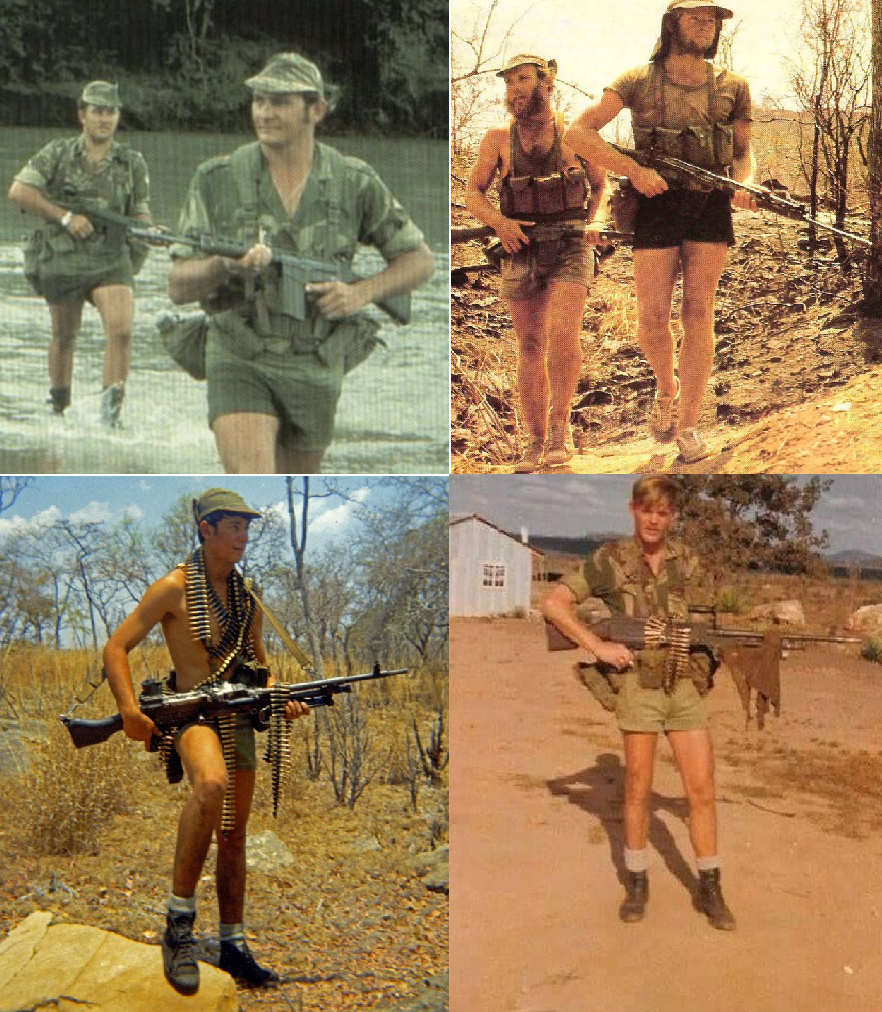
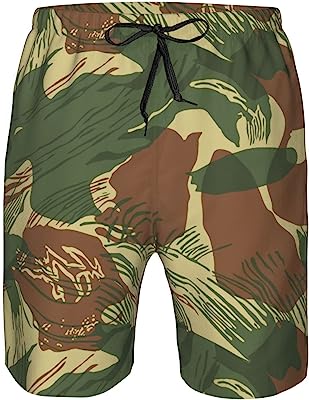
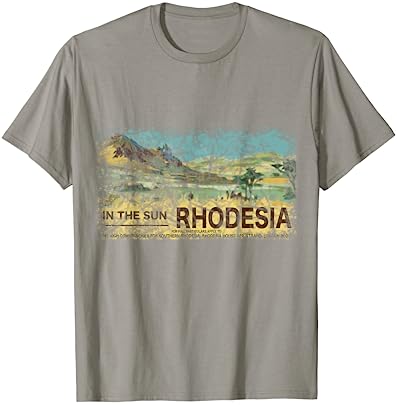
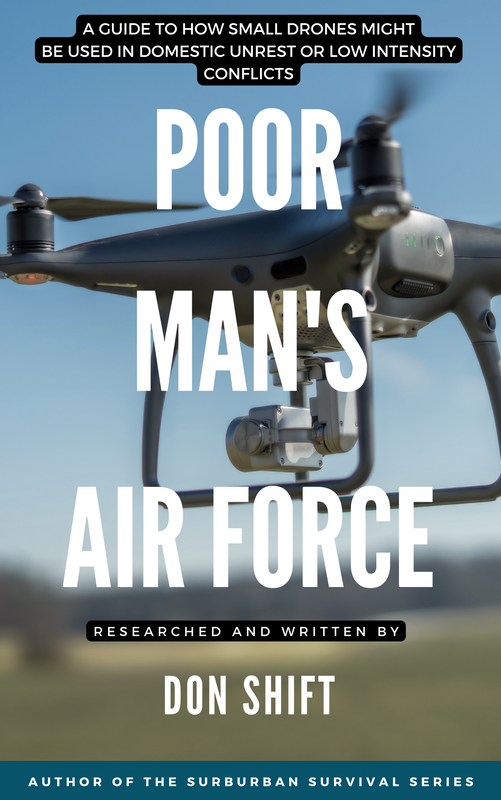
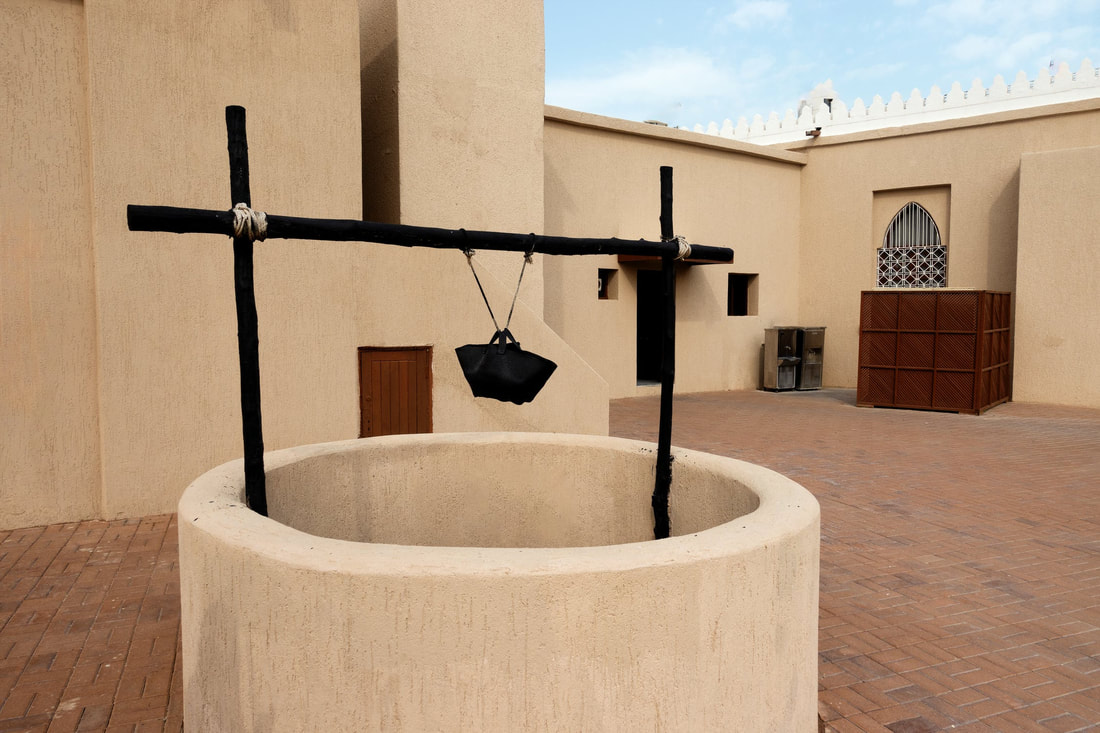
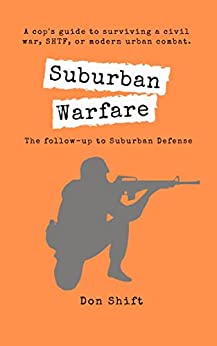
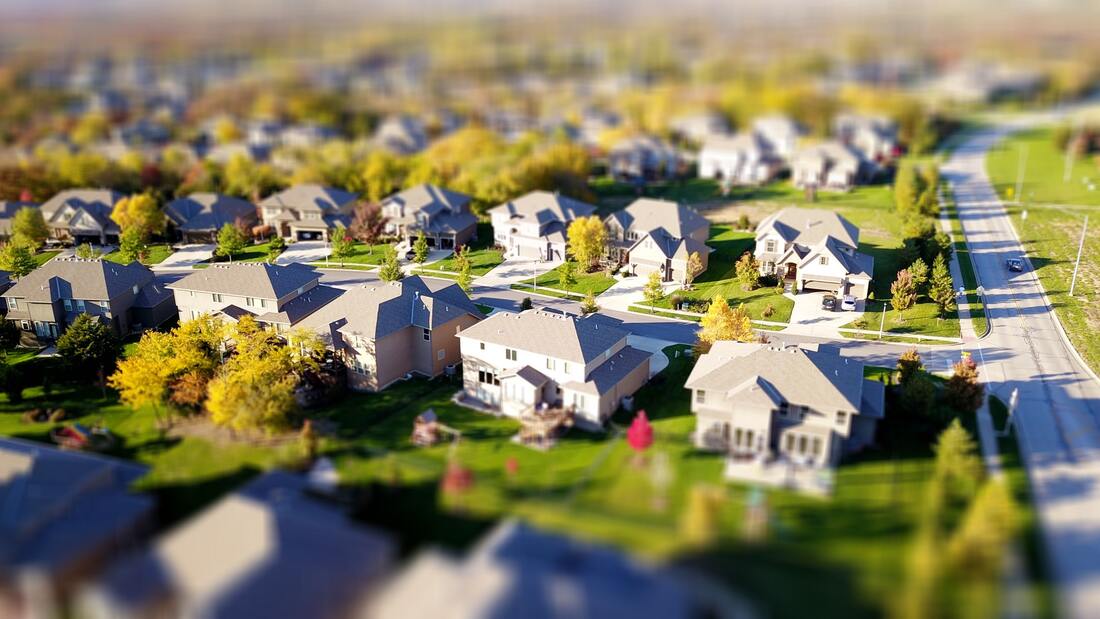
 RSS Feed
RSS Feed
